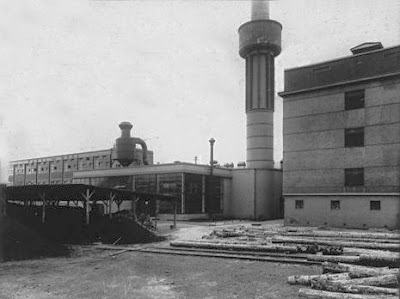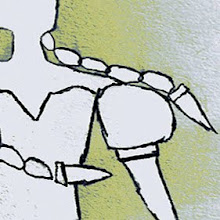photo by Andrew Holbrooke
Supertankers and giant cargo ships are chipped down bit by bit, usually by hand, and stripped of every last bit of value.
photo by Brendan Corr
Fauzdarhat, 20 kilometers northwest of Chittagong in Bangladesh, is where many of the world's ships go to die.
In 1960, when Bangladesh was still known as East Pakistan, a cyclone left a ship, the SS Clan Alpine, beached near the port of Chittagong. Since then, ship-breaking has become Bangladesh’s main source of steel.
photo by Brendan Corr
Over 20 ship-breaking yards dot the 16 miles of Bangladesh’s coastline. It is an industrial wasteland of epic proportions, where thousands of workers are forced to scratch their meager existence out of these hulking steel ruins, working with rudimentary protection, risking injury and illness, poisoned by toxic fumes and exposure to asbestos and other hazardous materials.
photo by Claudio Cambon
For Bangladesh, this is big business. Some 700 ocean-going vessels are scrapped each year, and about 100 of them are ripped apart in Bangladesh.
photo by Edward Burtynsky
The ship-breaking market is like a parable of the promises and pitfalls of globalization.
photo by Jan Moller Hansen
In rich Western countries, ship-owners used to have to pay royally to have their craft taken apart by expensive machinery in dry docks.
photo by Jana Asenbrennerova
Now, they can sell the decommissioned ships to ship-breakers, who have them dismembered along poverty-stricken beaches, with anything from 300 to 500 workers employed on each ship.
photo by Jana Asenbrennerova
But there are snags. Ship-breaking is dangerous for its workers and damaging to the environment.
photo by John Vidal
The countries that dominate the market—Bangladesh, China, India, Pakistan and Vietnam—typically offer cheap, unorganized labour and lax environmental controls.
photo by Larry Luxner
Ship-breaking relies on ill-paid casual workers risking injury, mutilation and death.
photo by Peter Steyn
Numbers are hard to gauge, since few have an interest in publicizing them. But the Bangladeshi press has estimated that more than 400 workers have died in the past 20 years. And more than 4,000 have suffered serious injuries.
photo by Saiful Huq Omi
They are also exposed to long-term health risks: from the asbestos used for insulation in older ships, and from paint containing lead, cadmium and arsenic.
photo by Shabbir Ferdous
Workers are poorly compensated when injured, and often, in between ships, have no work and no income.
photo by Steve McCurry
Many live in squalor. According to Young Power in Social Action, an NGO campaigning on ship-breaking in Chittagong, 51% of workers are under 22 years old and 46% are illiterate.
Source: moreintelligentlife


















.jpg)

*.jpg)














+acrylic+on+canvas+8x8+2013.jpg)















